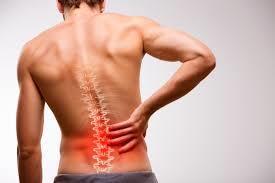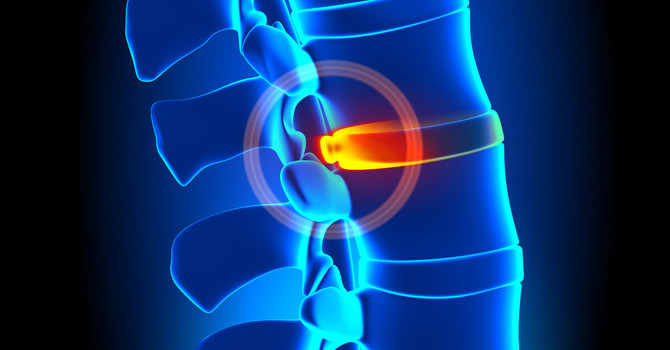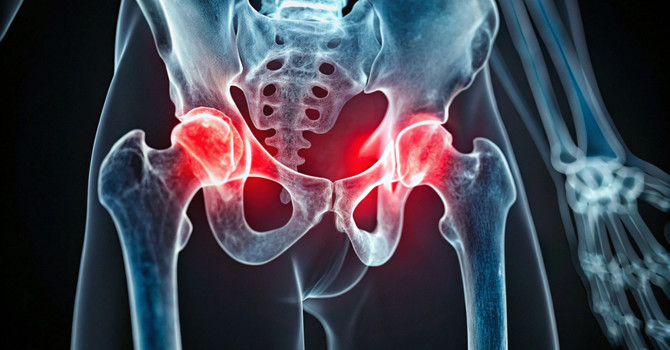
You’ve tried everything. But your back still hurts.
Physical therapy. Chiropractic adjustments. Injections. Maybe even surgery. And yet... you’re still in pain.
You feel slightly better after a massage or adjustment, but it fades within days. You’ve been told your MRI looks "normal enough" or shows "wear and tear." Your doctor shrugs. Your PT says to keep stretching. But you can’t lift what you used to. You can’t sit or stand for long. You definitely can’t play, hike, lift, or live like you used to.
If that sounds familiar, here’s the truth:
It’s not in your head. And you’re not out of options. You might just be missing a key diagnosis that few providers are trained to see: adhesion.
What Is Adhesion, Really?
Adhesion is like internal glue. It forms when tissues that should slide and glide against each other become stuck. These adhesions can bind together muscles, fascia, or even nerves—preventing normal movement, creating friction, and triggering pain.
They can form from:
Repetitive overuse
Past injuries or surgeries
Poor posture or immobility
Adhesion is incredibly common in chronic low back pain. And yet, most scans won’t show it. Most providers don’t check for it. So the pain continues, and you’re stuck with vague answers and temporary fixes.
Why Other Treatments May Not Work
Most traditional care treats the symptoms, not the glue.
Massage improves blood flow and tension, but doesn’t break deeper adhesions.
Adjustments reset joint mechanics but may not address soft tissue binding.
PT strengthens and mobilizes, but without freeing up stuck tissue, you’re just building on dysfunction.
Injections calm inflammation but don’t fix structural restrictions.
Surgery removes or decompresses, but often creates more scar tissue post-op.
If you’re feeling better for a few days, then it comes back? That’s a sign your tissue is stuck. Until you address that, everything else is just a patch.
What Adhesion Release Actually Looks Like
This isn’t foam rolling. It’s not passive massage. It’s not an adjustment.
Adhesion release methods are hands-on, targeted treatments that physically break down the fibrous restrictions causing your pain. The goal is simple: find the stuck tissue, feel its restriction, and fix it.
How we do that:
Palpate for tissue texture and movement loss
Test range and load (how much movement you actually have)
Apply precise tension and direction to break down the glue
Re-test immediately to confirm change
Most patients feel a shift in the first few sessions. Some improve drastically within weeks. Others need a full case plan to unwind years of tension and scarring.
Real Signs Adhesion Might Be Your Problem
Your MRI or X-ray shows "mild changes" but pain is severe
You've had temporary relief from PT, chiro, or massage
You've tried multiple providers with little to no improvement
You feel stiff, stuck, or limited in specific movements
Pain is deep, recurring, and tied to motion or posture
You can’t do what you love anymore, and nobody can explain why
If you’ve checked these boxes, it’s worth exploring if adhesion is part of the problem.
The Path Forward: What To Do Now
If you're in or around Charlotte, NC, we specialize in finding and fixing adhesion at its source. At Resolve Soft Tissue & Spine, we work with patients who’ve already seen the "best of the best" and still haven’t gotten results.
We don't do guesswork. We don't throw cookie-cutter routines at you. We use Adhesion Release Methods to get to the root, quickly and thoroughly.
Want to see what others are saying? Check our Google reviews here
Ready to stop guessing and finally move again? Book your consultation and let’s start unwinding the glue.
Final Word
You're not fragile. You're not broken. You just need someone trained to look in the right place. When we find the adhesion, everything changes.
Let’s get you back to what you love.

Zac Breedlove
Contact Me



